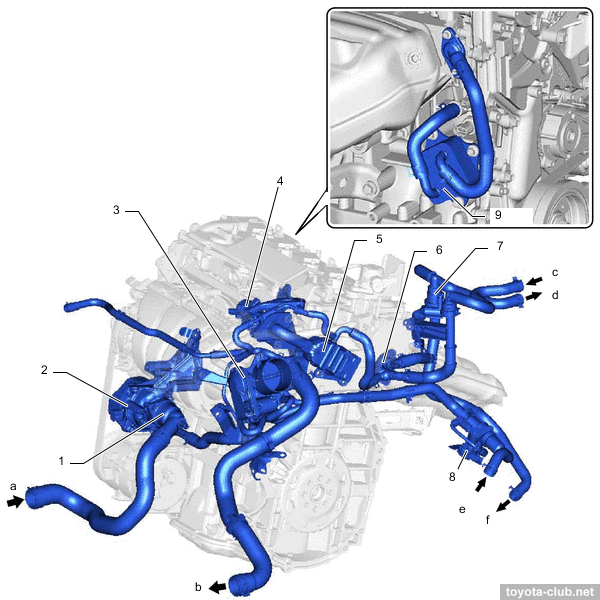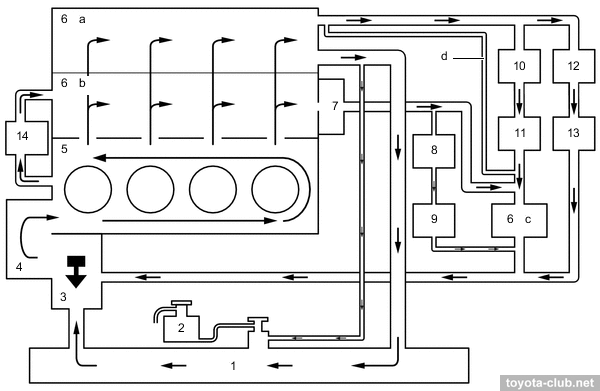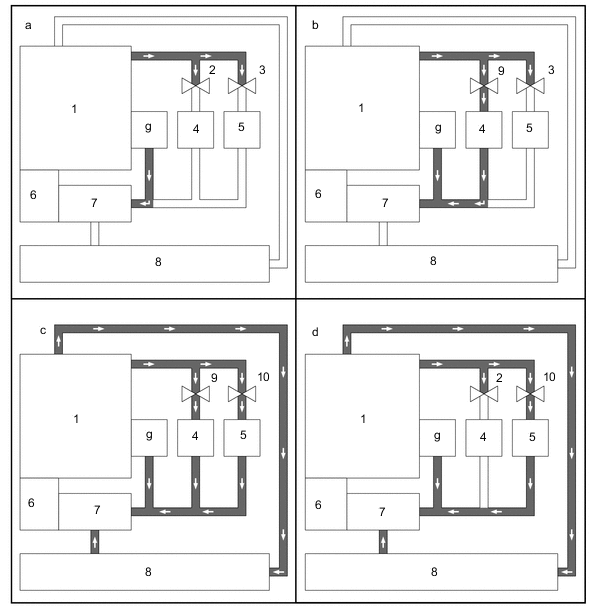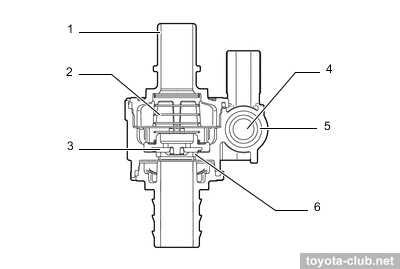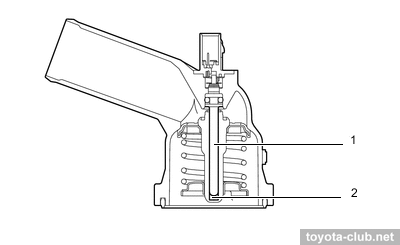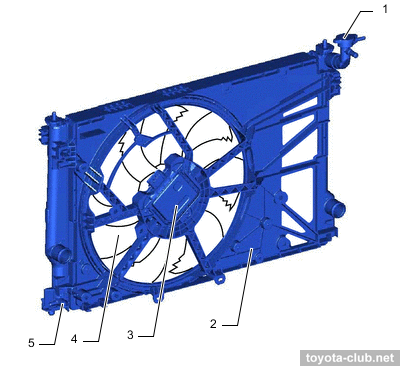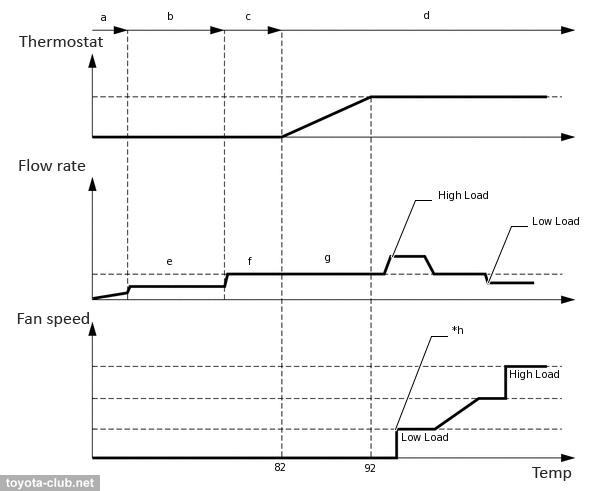Out: HPL 0w-20 Premium PCMO/Fram Endurance 4967
In: HPL 0w-20 Premium Plus PCMO/Fram Endurance 4967
No make-up oil added during the OCI.
I’ve had this ride since new in March, 2023.
It’s had three oil changes in just under 22k miles:
- OEM oil and filter until 2,315 miles
- HPL 0w-20 Premium PCMO/Fram Ultra 4967 for 9,600 miles
- HPL 0w-20 Premium PCMO/Fram Endurance for 9,980 miles
This engine has both port and direct fuel injection.
The sample was taken after a twenty mile drive consisting of the first three miles stop and go, sixteen miles at highway speeds of at least 75 mph, and less than one mile of again, stop and go.
I do not know what the oil temp was at the time of sampling.
I will have another WearCheck UOA run after my second OCI with the current Premium Plus oil.
I’m using 0w-20 because I prefer an oil with an HTHS of at least 2.7.
Concerns (sort of):
Silicon- I’m going to attribute the listed number to being mostly assembly lube.
I’m guessing the oil itself would likely start with a silicon value of 6-9 ppm.
The air filter box has only been opened three times: at the dealership upon delivery to ensure the filter was installed correctly and the filter box was buttoned up properly.
The second time at 10k miles to check the filter. It looked good and there was nothing in the bottom of the filter box. Lastly, at 18.5k miles when I changed the filter.
After receiving this report, I went under the hood and re-checked the filter, box, and up and downstream from the box; no issues were found. We’ll see how the silicon value trends with the next UOA.
Fuel dilution - I was hoping for a value less than 2.0, but I don’t think I should worry too much about this reading. The oil on the dipstick never smelled like gasoline and the oil level never decreased nor increased. As per my comment above, I believe the oil was sufficiently hot enough to negate any fuel dilution issue with having run the engine just before the oil change.
There is a VOA of the HPL premium plus 0w-20 where BITOGer @hawkdriver commented: “…. Just a heads up, if you're not aware, virgin HPL Prem Plus will show a .5 or .6% fuel dilution when tested by GC.”
https://bobistheoilguy.com/forums/threads/hpl-premium-plus-passenger-0w-20.385489/
I don’t know if that’s readily verifiable and if it applies to my sampled oil, premium pcmo.
In any event, as with the silicon value, we’ll see what the fuel dilution value is with the next UOA.
The cSt@100*C was shown as 8.3
Last edited by a moderator:

